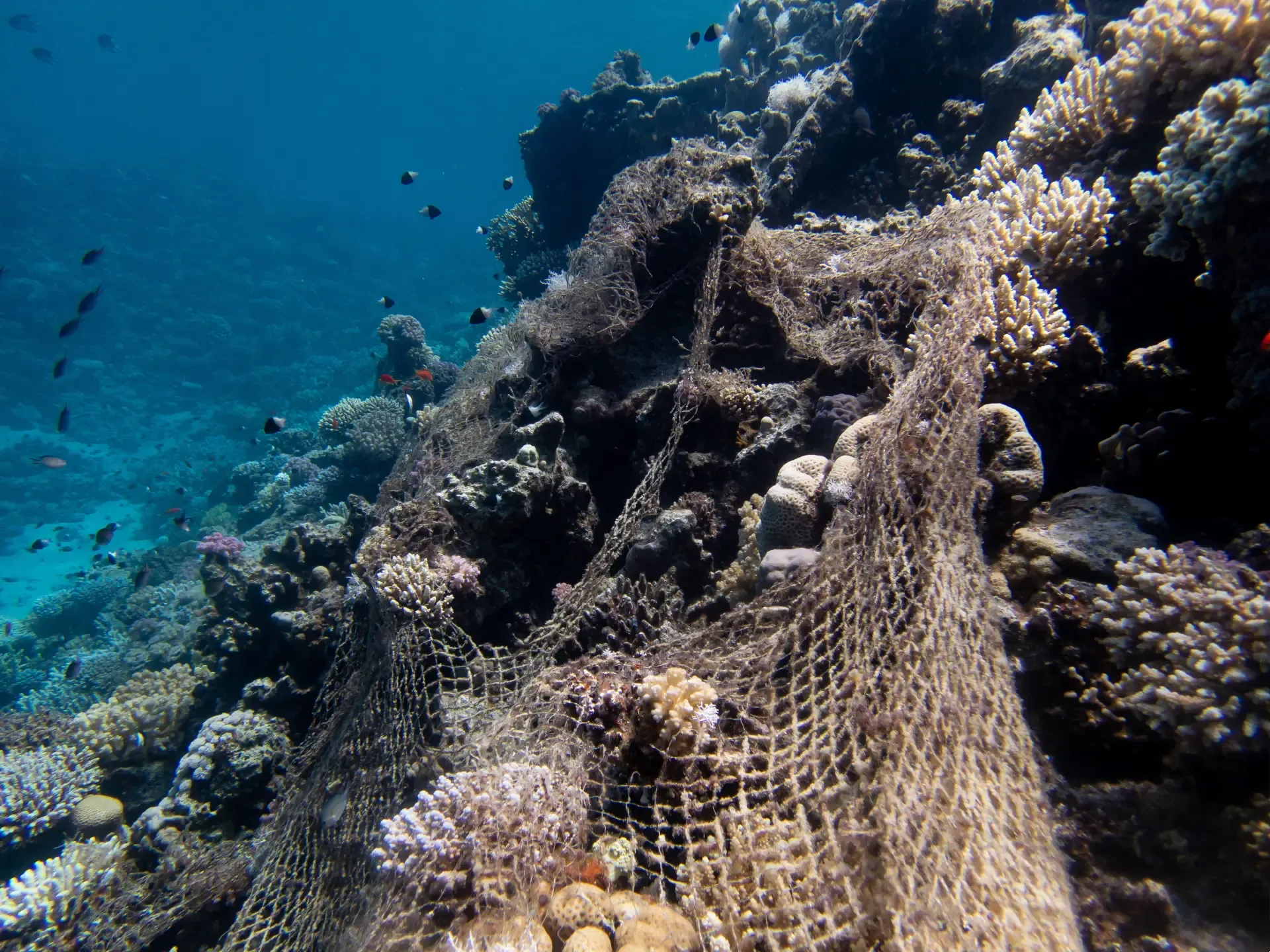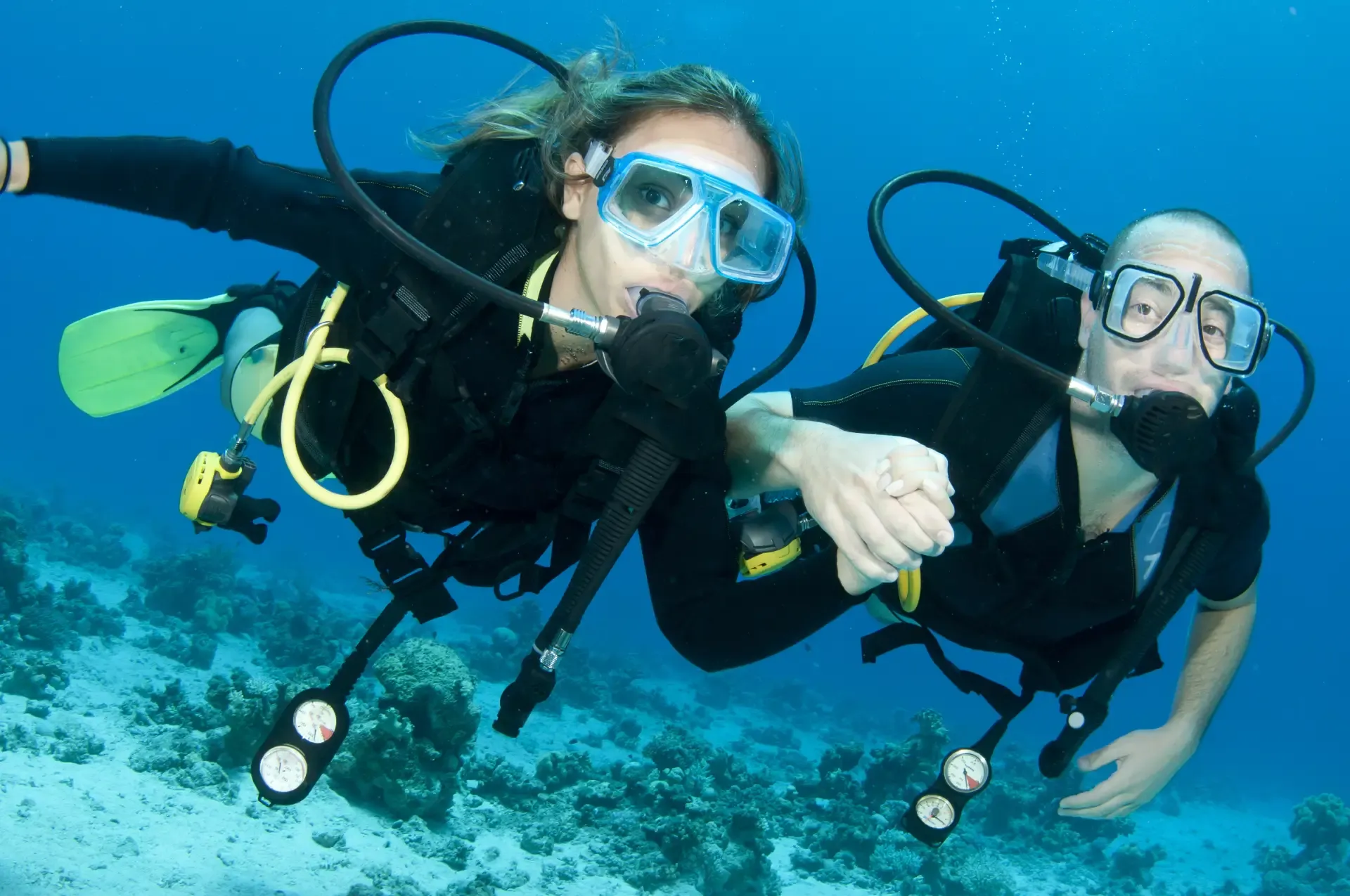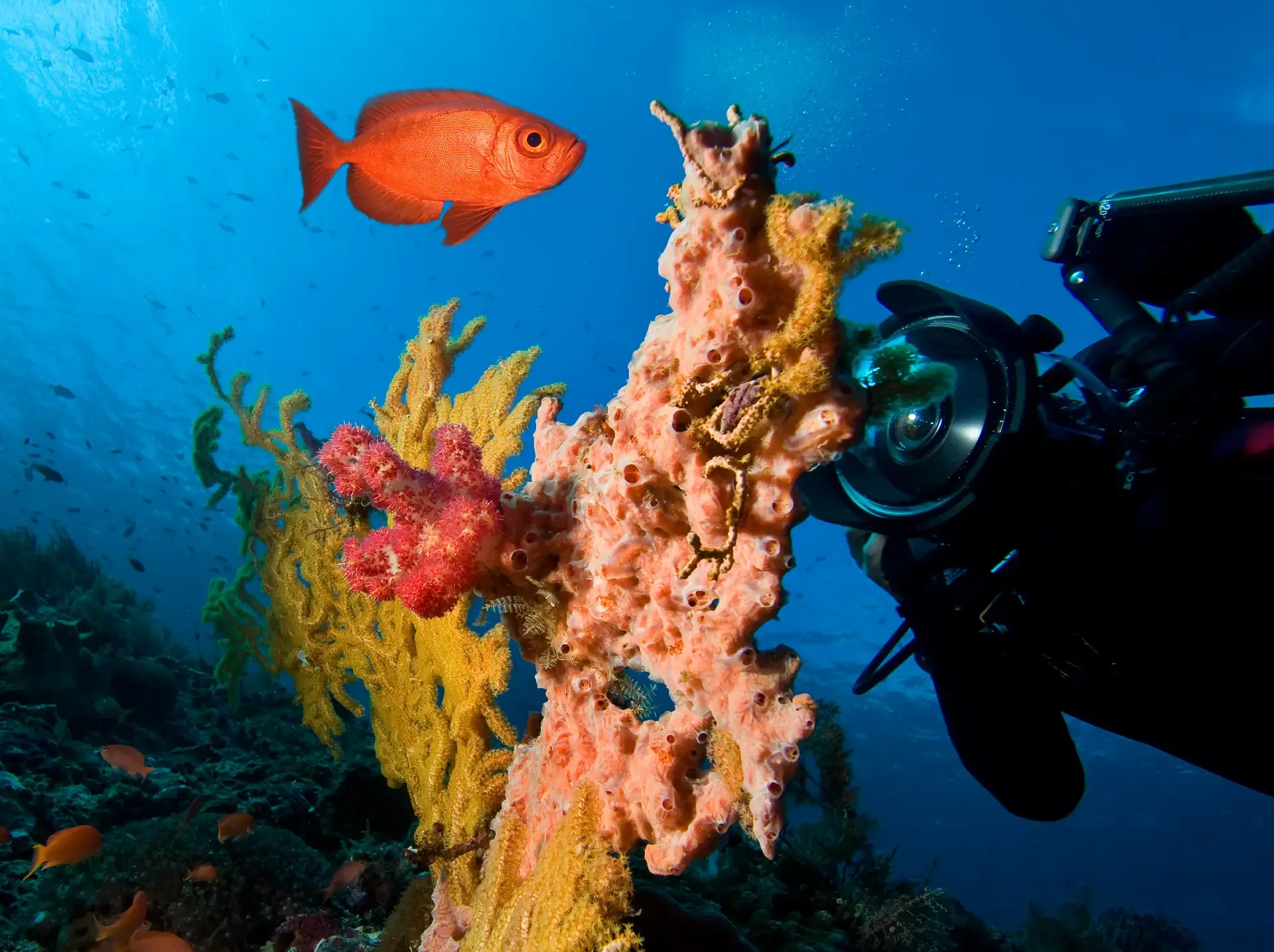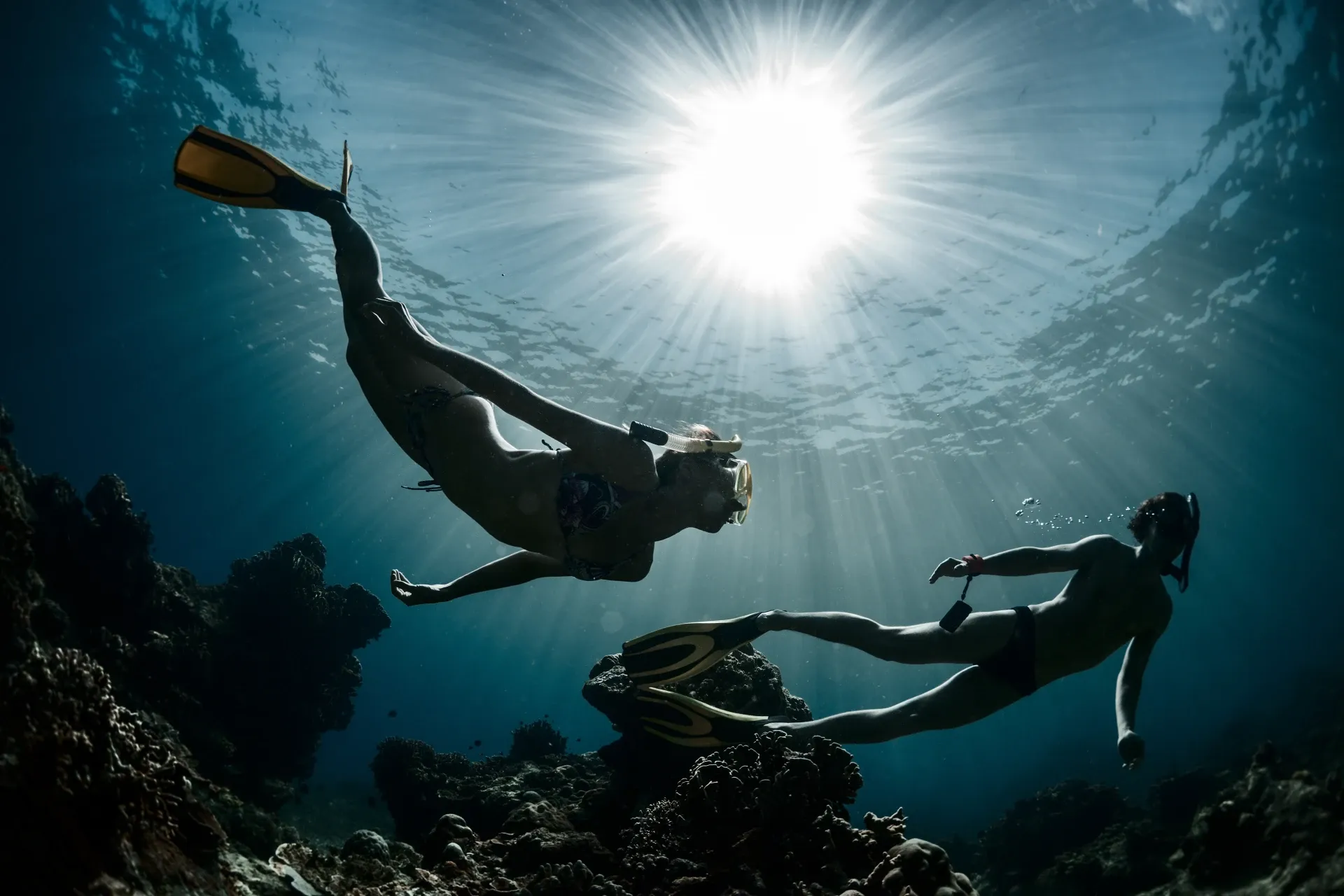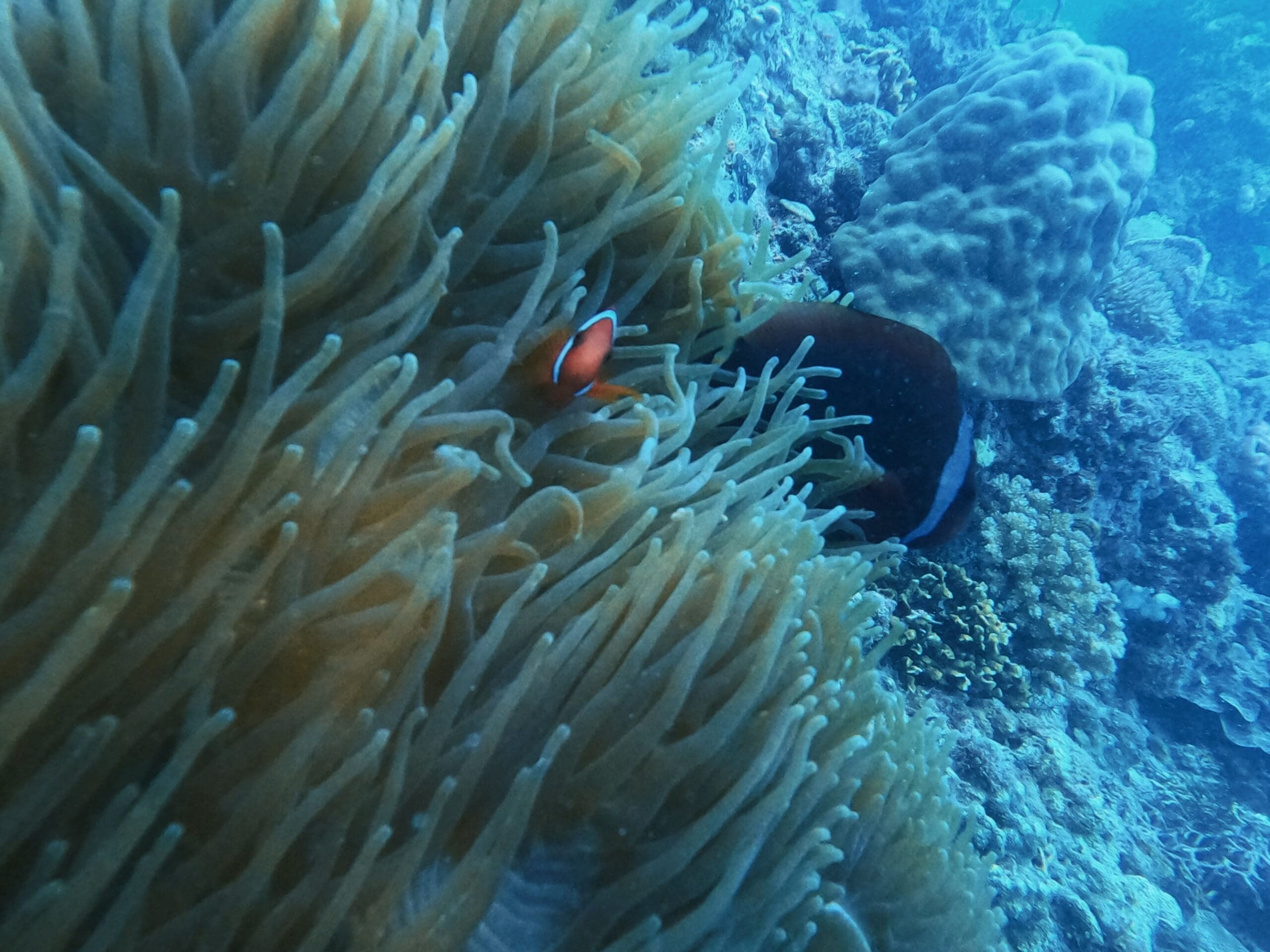Ghost Nets in the Philippines: A Threat to Marine Life and How Boracay’s Fighting Back
Ghost Nets in the Philippines: A Threat to Marine Life and How Boracay’s Dive Shops Are Leading the Fight
The Philippines is one of the world’s richest marine environments, home to the vibrant ecosystems of the Coral Triangle. With thousands of species of fish, coral, and other marine life, these waters are a paradise for scuba divers and marine enthusiasts. However, lurking beneath the surface lies a silent threat: ghost nets. These abandoned or lost fishing nets continue to drift through the ocean, trapping marine life and damaging coral reefs. In regions like Boracay, local dive shops, including New Wave Divers, are playing a crucial role in combating this environmental problem.
What Are Ghost Nets?
Ghost nets are fishing nets that have been abandoned, lost, or discarded at sea. They continue to float through the water, indiscriminately trapping marine life, from fish and crabs to larger species like sea turtles, sharks, and even dolphins. Because they are made of durable synthetic materials, ghost nets can persist in the ocean for years or even decades, leading to what’s known as “ghost fishing,” where marine life becomes entangled and perishes.
The problem of ghost nets isn’t just about wildlife. They also have a detrimental impact on marine ecosystems, especially coral reefs. As nets drift, they can become entangled in the reefs, breaking fragile corals and disrupting the delicate balance of life that thrives in these ecosystems.
Ghost Nets in the Philippines
The Philippines, with its expansive coastline and rich fishing industry, is particularly vulnerable to the problem of ghost nets. It’s estimated that over 640,000 tons of fishing gear are lost or discarded in the ocean annually worldwide, and the waters of the Philippines are no exception. Fishing practices, both large-scale and small-scale, contribute to this issue, often leaving nets behind due to storms, poor net management, or a lack of proper disposal systems.
In certain areas of the Philippines, ghost nets are more prevalent, especially in regions where commercial fishing is widespread. The country’s coral reefs, considered the “rainforests of the sea,” are at significant risk, with discarded nets causing long-lasting damage. Regions like the Visayas, Palawan, and even the waters around Boracay can become hotspots for ghost nets, although concentrated efforts in Boracay have helped mitigate the problem over time.
Boracay’s Efforts in Marine Conservation
Boracay, famous for its white sand beaches and crystal-clear waters, has become a prime location for diving and marine tourism. Dive operators like New Wave Divers play a pivotal role in preserving the marine environment and ensuring that the reefs around Boracay stay as pristine as possible. One of the key challenges facing Boracay is maintaining the balance between tourism and environmental sustainability, especially when it comes to dealing with ghost nets and other forms of marine pollution.
Boracay has undergone significant rehabilitation in recent years, following a government-mandated closure in 2018 to restore the island’s ecosystem. This closure led to increased awareness and action on environmental issues, including the impact of marine debris like ghost nets. Today, Boracay is seen as a model for sustainable tourism in the Philippines, with a focus on keeping its waters clean and protecting its marine biodiversity.
The Role of Dive Shops Like New Wave Divers
Local dive shops in Boracay, such as New Wave Divers, have taken up the mantle of environmental stewardship. These dive centers are not just providing unforgettable dive experiences—they are actively involved in keeping Boracay’s underwater world healthy and thriving.
One of the key initiatives dive shops in Boracay engage in is regular cleanup dives. These dives focus on removing marine debris, including ghost nets, from popular dive sites and surrounding waters. Ghost nets that drift into Boracay’s waters can have devastating consequences if left unchecked, and dive shops recognize the need to act quickly. Dive professionals and even certified divers who are visiting Boracay can participate in these cleanup efforts, creating a sense of community and shared responsibility for protecting the environment.
Beyond cleanup dives, New Wave Divers and other operators also work to raise awareness about marine conservation. They educate visiting divers on the importance of marine protection, proper diving techniques to avoid damaging coral, and the risks that ghost nets and other pollutants pose to the underwater ecosystem. These efforts not only contribute to the long-term health of Boracay’s reefs but also instill in divers a deep appreciation for ocean conservation that they can take with them wherever they dive next.
Partnerships and Ongoing Conservation Projects
Many dive shops in Boracay have partnered with local and international organizations dedicated to ocean conservation. Partnerships with groups like the Large Marine Vertebrates Research Institute (LAMAVE) and Project AWARE allow these dive shops to access resources and expertise for removing ghost nets and rehabilitating damaged marine areas. These collaborations help strengthen Boracay’s ability to tackle ghost net pollution while also participating in research that informs better marine management practices.
Project AWARE’s “Dive Against Debris” program, for instance, is a global initiative that invites divers to collect marine debris during their dives, contributing to a global database that tracks ocean pollution. New Wave Divers and other dive shops in Boracay frequently organize dives under this program, actively contributing to both local conservation and global data collection efforts.
Protecting Boracay’s Future
The efforts made by Boracay’s dive shops and the wider community are a testament to the power of local action in addressing global problems like ghost nets. However, there’s still much work to be done. Boracay’s underwater beauty attracts thousands of visitors each year, and this influx of tourism, while beneficial to the local economy, can also increase the risks of marine degradation. Dive shops play a crucial role in ensuring that tourism remains sustainable and that the marine environment is protected for future generations.
The fight against ghost nets requires the combined efforts of local communities, dive shops, tourists, and government regulations. Boracay’s model of sustainability—driven by its dive shops, proactive conservation efforts, and community engagement—can serve as an inspiration for other regions of the Philippines and beyond.
How You Can Help
As a diver or tourist visiting Boracay, you can play a role in protecting the ocean from ghost nets and other marine debris. Consider joining a cleanup dive or supporting dive shops that are committed to conservation. Be mindful of your environmental impact, and if you spot any ghost nets during your dives, report them to your dive operator so they can be removed safely.
When booking your dive experience in Boracay, opt for dive shops like New Wave Divers, which are dedicated to marine protection and actively involved in keeping Boracay’s reefs clean. By supporting responsible dive operators, you contribute to the long-term health of the ocean and ensure that future generations will be able to enjoy the same underwater beauty that makes Boracay so special.
Conclusion
Ghost nets remain a significant challenge in the waters of the Philippines, but in places like Boracay, concerted efforts are being made to reduce their impact. Dive shops like New Wave Divers are leading the charge in marine conservation, organizing cleanup dives, educating divers, and working with conservation groups to remove ghost nets and protect marine life. As Boracay continues to grow as a world-class dive destination, the ongoing commitment to preserving its underwater ecosystem is crucial to ensuring that its reefs and marine biodiversity thrive for years to come.

Wish to know more about the diving in Boracay? Our team will be delighted to answer your questions and let us know why we should be your first choice when planning your dive vacation to the Philippines. We hope to hear from you soon!

